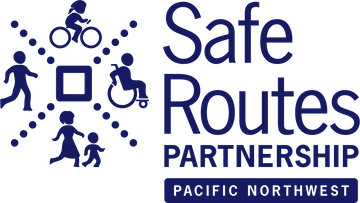Every few years, the Oregon Transportation Commission (OTC) deliberates how to spend billions in statewide transportation funds by determining funding categories, such as investing in roadway maintenance, highway widening, or bike/pedestrian/transit/safety. For the past several months, the OTC has heard from the public and made a decision on how to invest more than $2B in transportation funding via the 2024-27 Statewide Transportation Investment Program (STIP).
Earlier this year, the Governor's signed Executive Order No. 20-04, which directs state agencies to take actions to reduce and regulate greenhouse gas emissions. Many people in the transportation community had expectations that the OTC would prioritize increasing spending on climate and equity investments for transportation.
We recently signed on to a joint letter with statewide partners urging OTC to choose what was called the "non-highway" option. This option would substantially increase the amount of money available for walk/bike/transit projects, and center equity, safety, and climate emissions reductions. However, when the OTC convened earlier this month, they discarded that funding option and introduced three new ones -- all which reduced the amount of funding dedicated to projects that would provide Oregonians with more transportation options while reducing climate emissions. Along with hundreds of others from all corners of the state, we submitted additional written testimony asking the OTC to to listen to the will of the people and the Governor, and to allocate funding in a way that reduces greenhouse gas pollution and improves equity outcomes for all Oregonians by reverting to the non-highway option.
The OTC made a final decision on December 15. Unfortunately, they did not take advantage of the opportunity to go bolder on equity, safety, and climate, as the community called for. While the OTC approved an increase in the 2024-27 STIP of nearly $100 million for walk/bike/transit, which is 60% more than the current STIP allocation, it is nowhere near enough to address the immense needs to build an equitable, accessible, safe and climate friendly transportation system.


